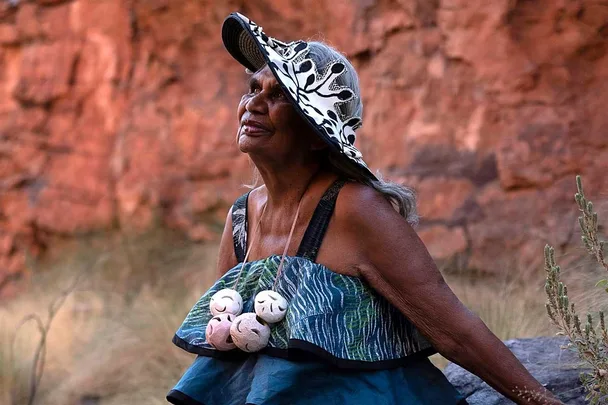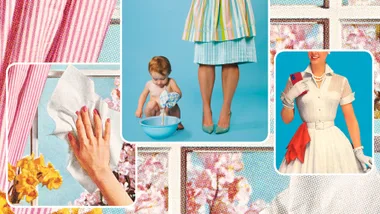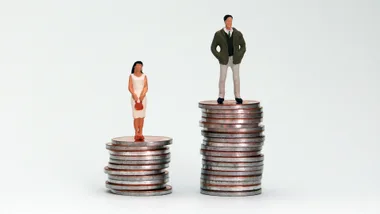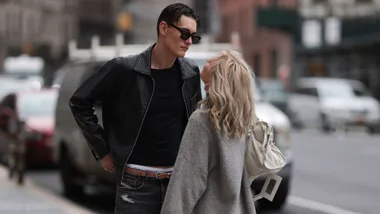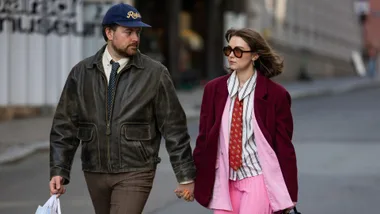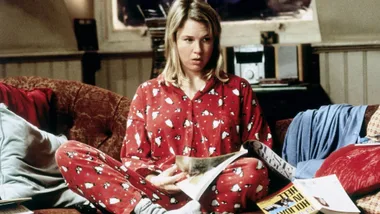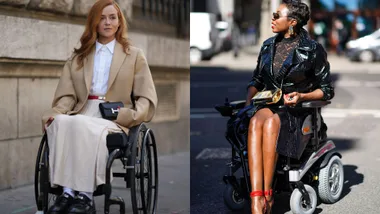Indigenous creatives are thriving, creating new and exciting work that celebrates their rich history, while fostering new talent in the fashion world. But it takes more than beautiful ideas to create successful brands. Luckily, a remarkable group of women have joined together to ensure the First Nations design and fashion industry soars to new heights…
When Grace Lillian Lee scored 100 per cent in a wearable arts competition at Cairns High School, she knew she wanted to pursue a career in fashion. Studying at RMIT, she realised how “scary and inaccessible” the fashion industry can be for First Nations people. So she set about changing that, by founding First Nations Fashion + Design in 2019 and hiring an esteemed board of directors to nurture a self-sustaining industry and pave the way for the next generation of creatives. It is our pleasure to introduce the board, along with a showcase of stunning Indigenous designs.

Grace Lillian Lee
Founder and director of First Nations Fashion + Design
MC: You’re a descendant of the Meriam Mer people of the Eastern Islands of the Torres Strait and grew up in Cairns. What are your earliest memories of fashion?
GLL: When I was younger, we lived across from an op shop where you could fill a bag with clothes for $5. I would fill that bag up so full, and revamp the pieces in my own style.
How did First Nations Fashion + Design (FNFD) begin?
In 2010, I took my grandmother back to the Torres Strait for the first time in 57 years. Being welcomed into the community, meeting family and learning about my heritage made me question my identity and how I express myself. I was studying fashion design at RMIT at the time and I created a collection celebrating my lineage through the act of weaving. Using fashion as a platform to celebrate my identity made me feel liberated and proud of who I am and where I come from. When I launched FNFD in 2019, I wanted to create a safe space for Aboriginal people to engage with fashion and share knowledge.
What do you hope to achieve with the FNFD board of directors?
Our core focus is on developing the sector and supporting Indigenous voices. The fashion industry can seem scary and inaccessible, so we want to be the gateway for our First Nations people from all around the country to connect and engage with fashion.
What’s been the hardest part of breaking into the industry?
I experienced discrimination in the education system. At high school, a teacher told me I’d never make it to university. Then at uni, I faced judgement instead of listening and understanding. At that time, we didn’t really have a strong community within the space of fashion, so people were perplexed by my work. With FNFD, we can share our stories with the wider community; it’s about reconciliation and working together.
What’s your advice for aspiring First Nations designers?
Find your voice and use it. Don’t be afraid of experimenting, exploring and collaborating. Connecting with one another and supporting each other is the way forward.
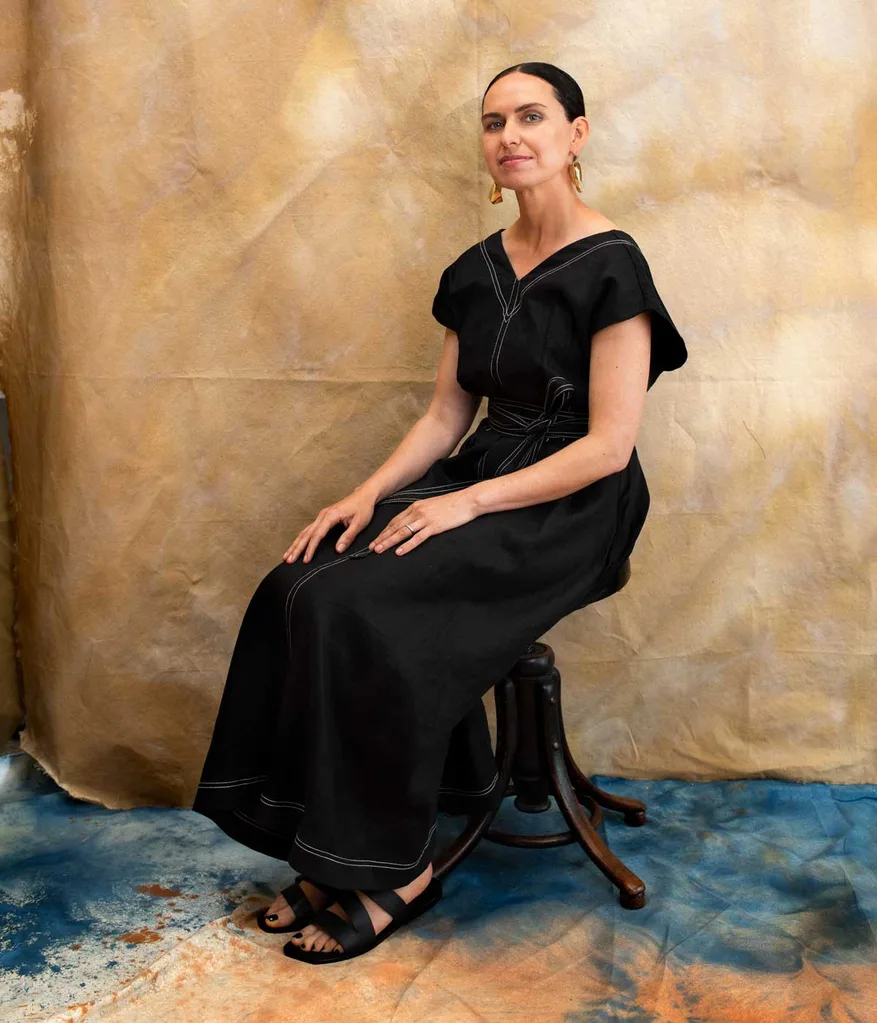
MC: You are an Anaiwan and Dunghutti woman, and the force behind our favourite Instagram account @AusIndigenousFashion. What was your goal when you launched a few years ago?
YWH: Sadly, it was born out of frustration. I wanted to show people that Indigenous fashion is a thriving and growing sector that should be taken seriously. I also wanted to share our culture with non-Indigenous people. Fashion is a really great way to connect because it’s gentle, fun, creative and accessible to everyone. We have over 40,000 followers now; it’s positive to know there’s an appetite and interest in the work we’re doing.
Which label is your favourite?
Right now, it’s Ngali Australia – a collaborative collection with artist Lindsay Malay. It’s very earthy and contemporary and challenges the stereotype that Aboriginal fashion is limited to dot painting prints.
How would you describe the Indigenous fashion sector?
We have a strength-based approach to doing things, which is how we’ve survived: taking care of each other. We don’t see each other as competition – the more of us there are, the bigger the Indigenous business community will be. It’s not about owning the space, it’s about growing it.
How did it feel being chosen as a board member of the FNFD?
It was a privilege and a full-circle moment. The first Indigenous designer piece I ever bought was one of Grace [Lillian Lee’s], from a market stall in Sydney. I put it on straight away and wore it for the rest of the day. It’s still one of my favourite pieces, and I’m excited to be working with Grace and the board on something positive. Being on this board is particularly significant to me because my father was a member of the very first Aboriginal art board in Australia in the ’70s. I feel honoured to be continuing his legacy.
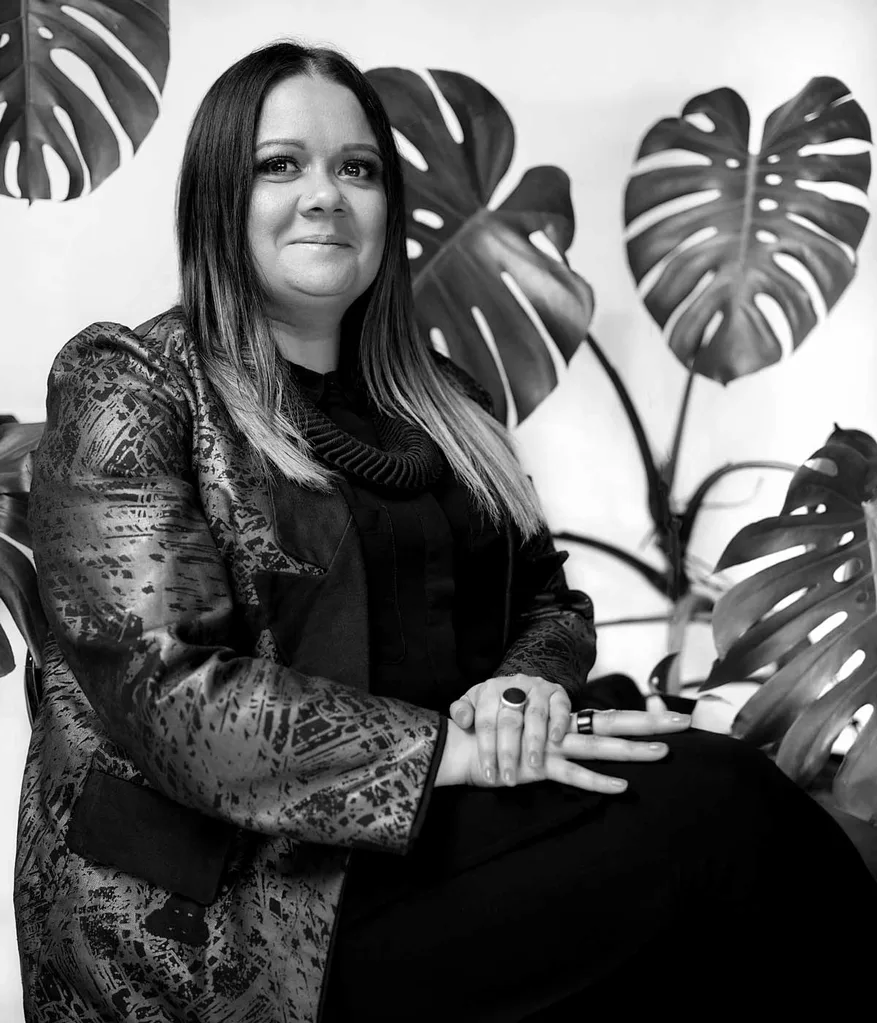
Teagan Cowlishaw
Founder and designer of AARLI fashion
MC: You were raised between Broome and Perth, as a Bardi woman of Aboriginal-Chinese heritage. How did your family encourage your love of fashion?
TC: Growing up, I learnt to appreciate vintage fashion and costume design from my godparents. My godfather [Andrew] was a fashion designer and my godmother was a drag queen from Les Girls. My mother Sarina [Jan] was also heavily involved in the industry, coordinating events throughout the Northern Territory. She took me out onto country as a little girl, where I was surrounded by iconic designers like Aunty Lenore Dembski from Paperbark Woman, Uncle Ron Gidgup, who I still call the Godfather of Indigenous fashion and the one and only Linda Jackson. These individuals paved the way, not only for me, but many others within the industry.
In 2013, you established your own fashion label, AARLI, which means fish in Bardi language. Tell us about the inspo behind the brand.
My Nana Rose was my main inspiration. When I was young, she told me I was like a barramundi: “You have the ability to exist and blend between both worlds, from the white world to the black, like a barra. They can survive between fresh and salt water, and you can too.” I wanted to create this legacy for her.
As a board director of FNFD, how are you breaking down barriers for Aboriginals and Torres Strait Islanders in the fashion industry?
We are paving the way by offering skills development through educational programs, but also by providing platforms for our designers, textile artists, performers, models and creatives. Because the council is run ‘by mob, for mob’ we are giving access to the community to have their voices heard. I have always wanted to ignite an Indigenous fashion revolution and create real change.
How can white allies support the revolution?
By doing what you are doing at marie claire right now: giving us a voice, sharing First Nations stories and celebrating our content.

Jirra Lulla Harvey
Managing director of Kalinya Communications
MC: You started Kalinya Communications in 2012 to share positive stories about your culture. As a Koorie woman, have you seen a change in the past eight years?
JH: There’s been a huge shift in the image of First Nations people. We now see Aboriginal people on the front of magazines, we have NITV [National Indigenous Television] and our own pop stars, actors and models. We are still working towards more representation, but what I’m seeing now is what I dreamt about as a kid.
Your business aim is to make Australia a better place by sharing Indigenous knowledge and fostering respect. What’s next?
I would like to combine my work in communications, entrepreneurship, investments and innovation with my love for travel and adventure. [I’d also like to] potentially launch a retreat for First Nations entrepreneurs to come together on country to showcase products and create new ideas.
What does it mean to you to be on the board of the FNFD?
In this sector, I focus on Aboriginal artists and designers, helping them create an economic float into their communities, and exploring potential collaborations with big labels. I am beyond honoured to be a part of a process that encompasses everything I am passionate about: beauty, culture, representation and economic independence. I really believe that the FNFD will have lasting impacts on not only Aboriginal communities but also for Australia.
This article originally appeared in the September 2020 issue of marie claire.
